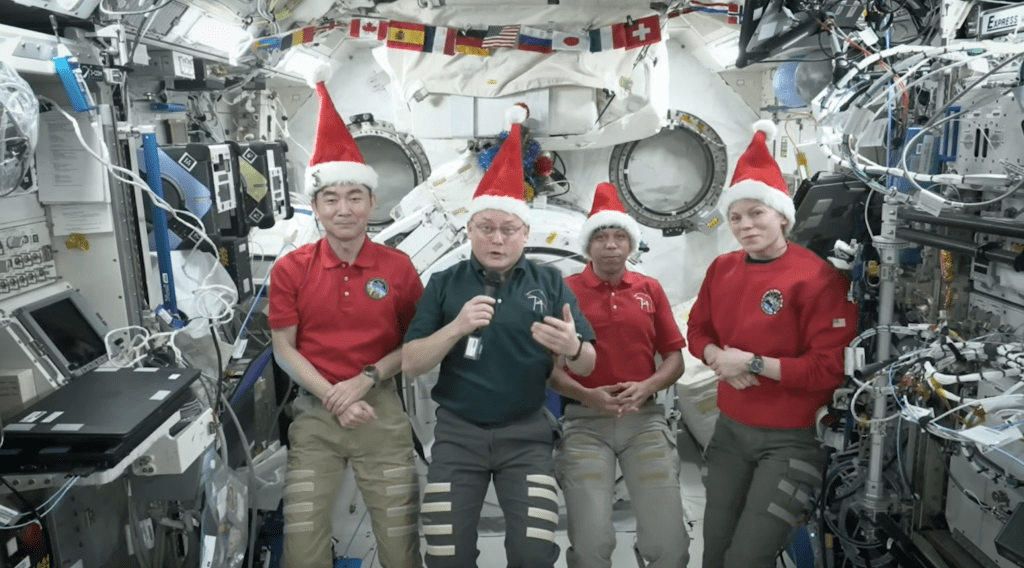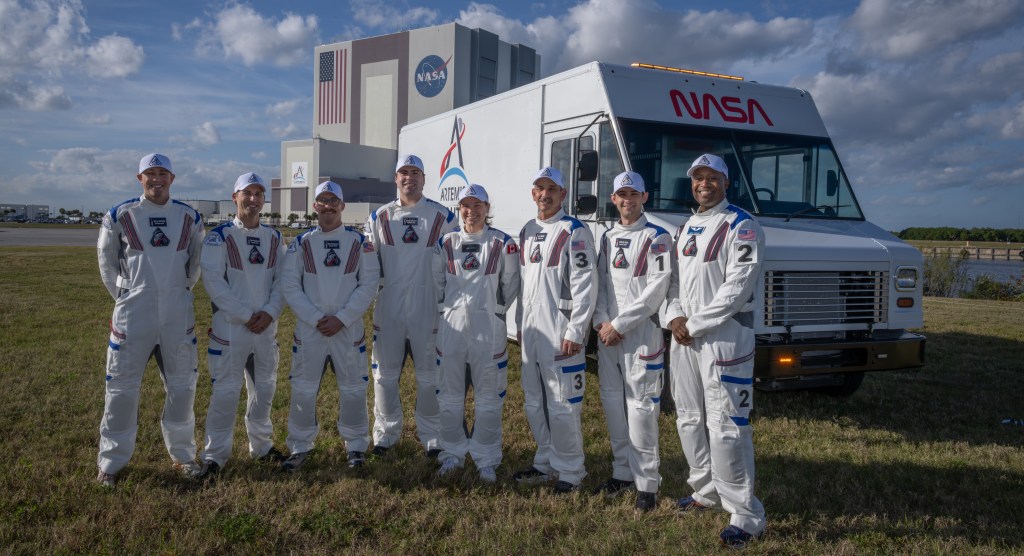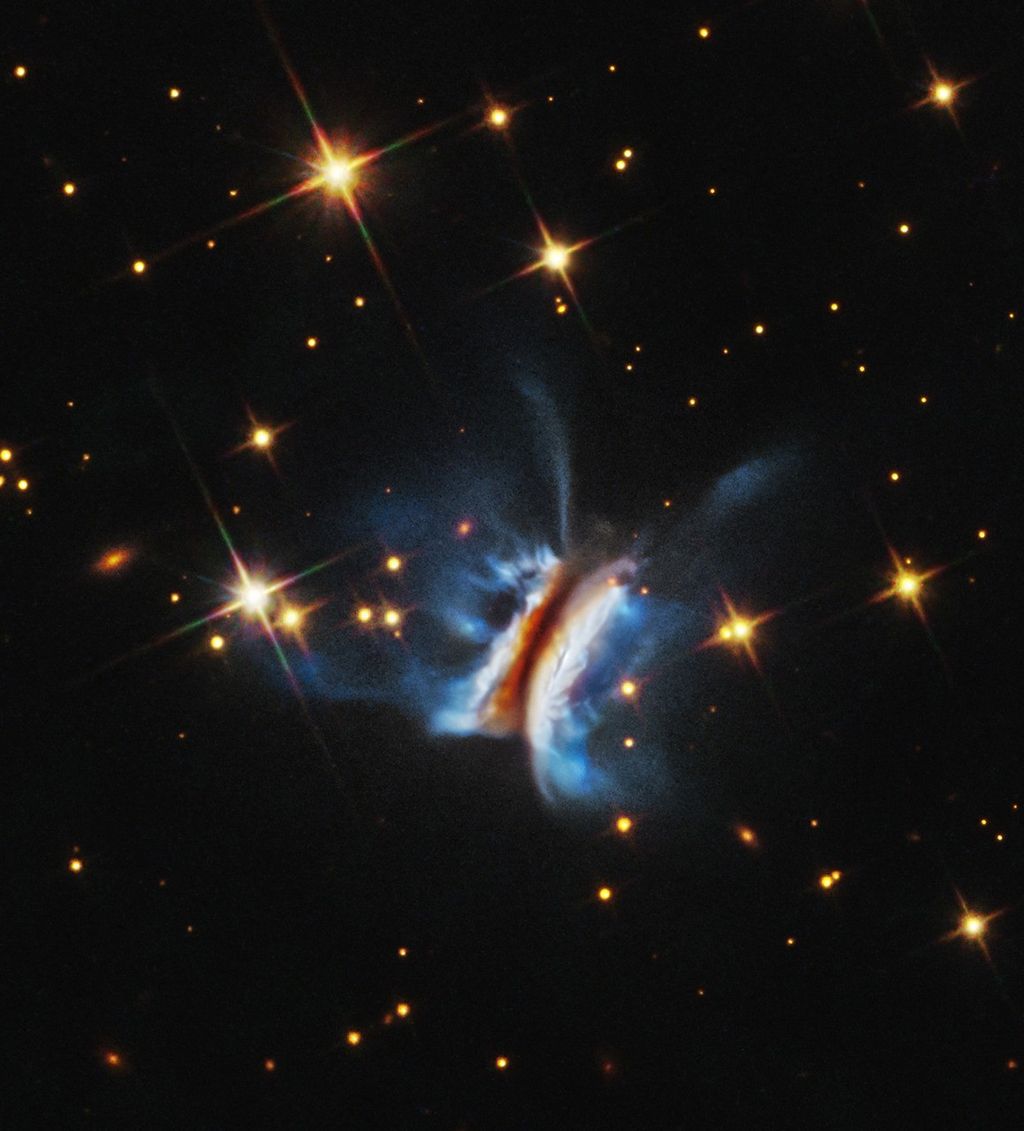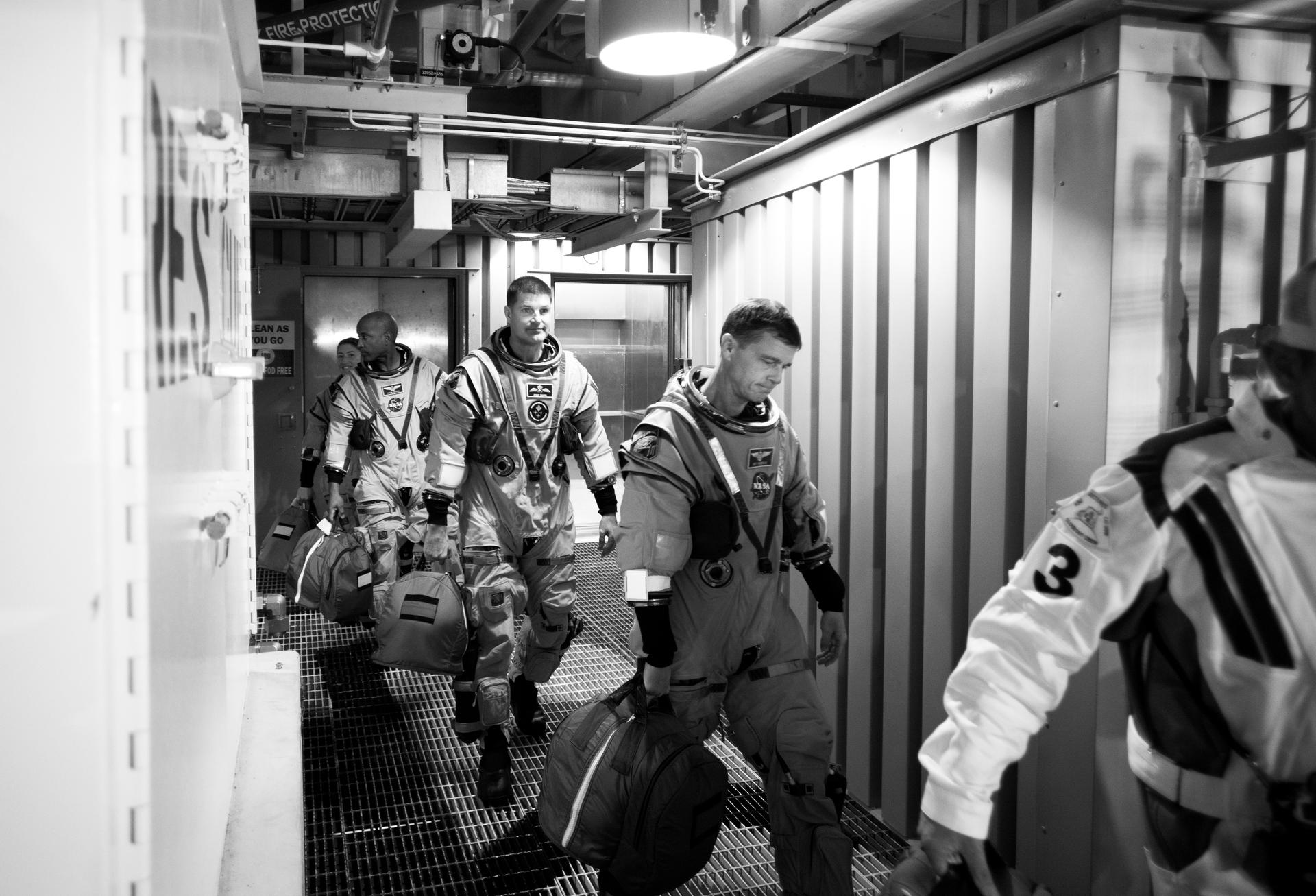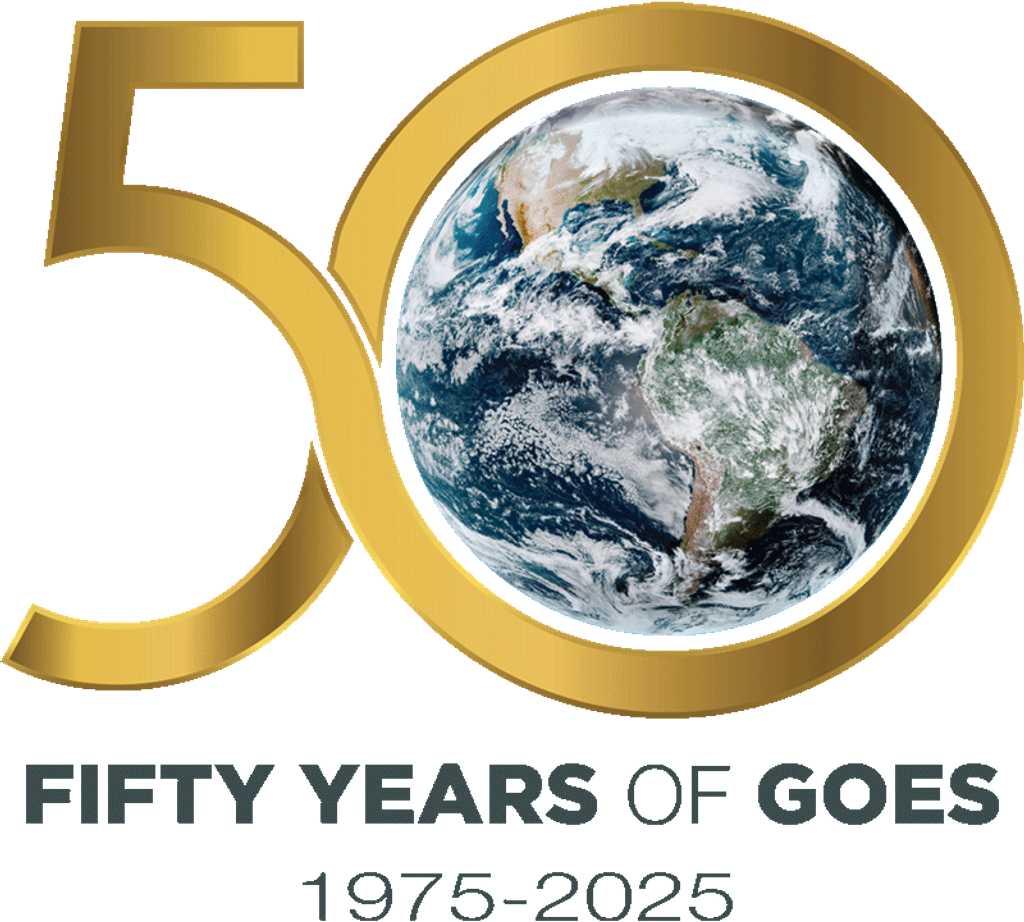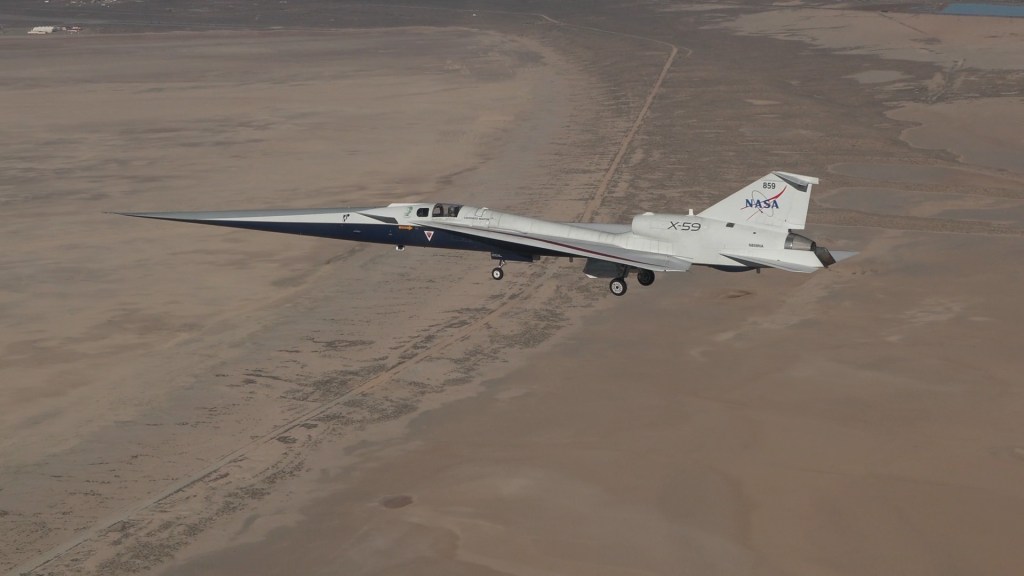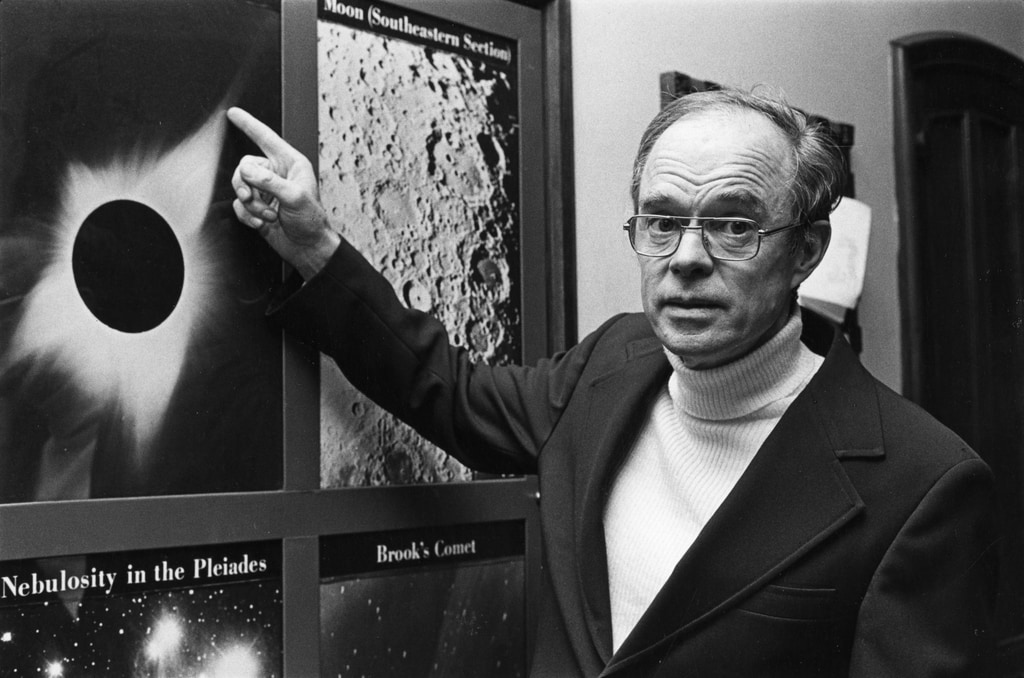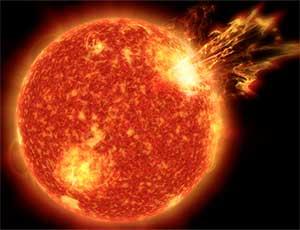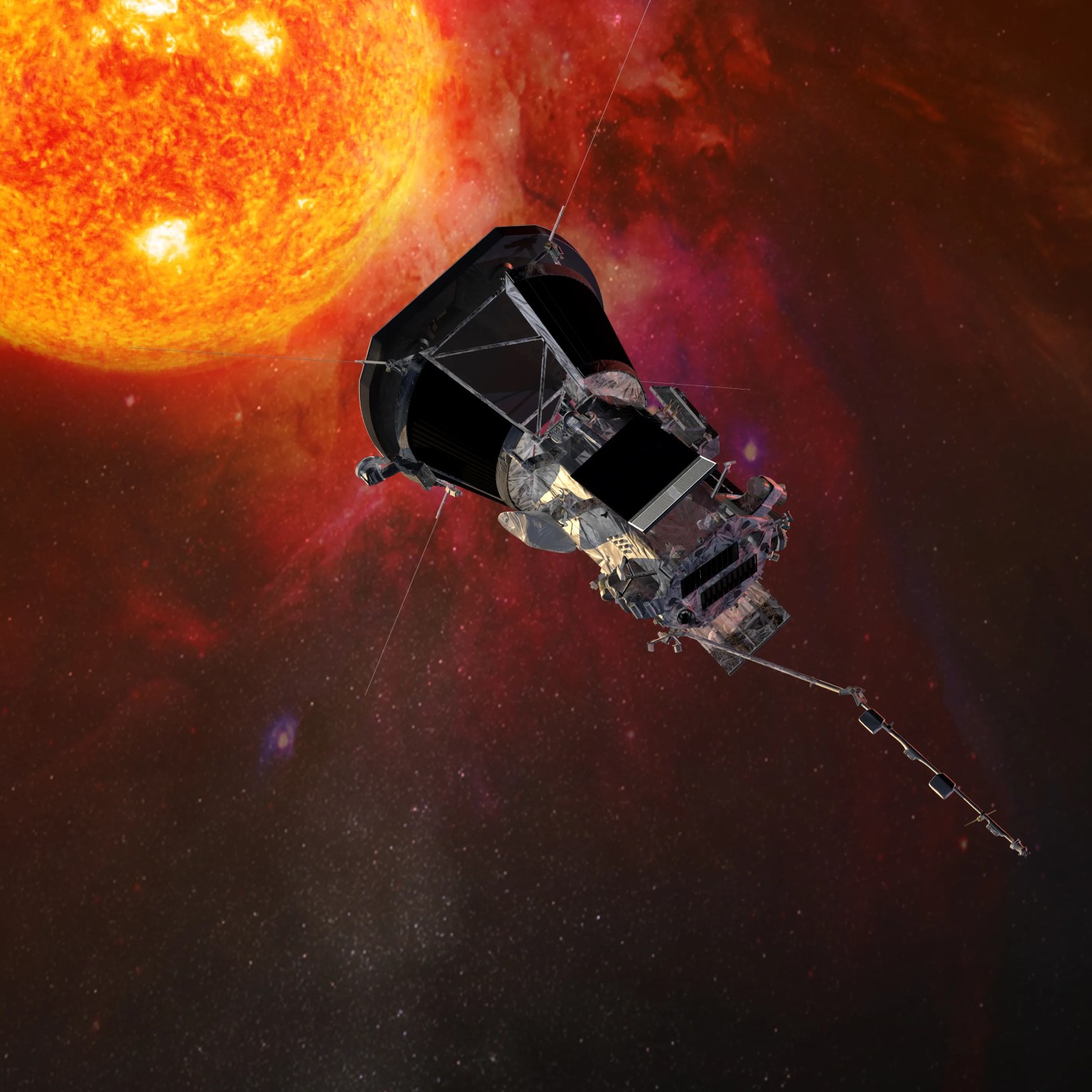-
Through the solar wind, the Sun touches every part of our solar system.
The solar wind’s many impacts include creating auroras and stripping planets’ atmospheres.
Here’s a look at where it comes from and how it influences everything from our space environment to our lives at home.The solar wind flows constantly from the Sun, as depicted in this animation.NASA's Goddard Space Flight Center Conceptual Image Lab -
The solar wind starts its journey at the Sun.
It emanates from features on the Sun such as dark and cool regions called coronal holes and active regions, which are characterized by strong magnetic fields.
These regions release solar wind with different speeds and densities. But all release the same basic components of solar wind — electrically charged particles such as protons and electrons.The solar wind emanates from features on the Sun. Scientists are working to pin down its exact origins and suspect these three features as likely sources: dark and cool regions called coronal holes, active regions, which are characterized by strong magnetic fields, and coronal streamers, which extend as long structures in the Sun’s upper atmosphere.NASA
View of the Solar Wind
NASA’s Parker Solar Probe — the spacecraft that has made it closest to the Sun — caught this view of the solar wind during one of its close solar encounters. The feature seen in the middle of the screen at the start is the galactic plane. The solar wind can be seen streaming in from the left side.
As the solar wind gushes out, it drags the Sun’s magnetic field with it. The stretched out solar magnetic field ends up in the shape of a spiral due to the Sun’s rotation.
This spiral was named after preeminent solar scientist Eugene Parker, who developed the first theory of the solar wind in 1958. The first measurement confirming the existence of the solar wind came the following year, with the launch of the first spacecraft to leave Earth’s orbit.
Since the solar wind’s particles are charged, they follow these spiraled magnetic field lines as they burst out from the Sun. As they travel, the particles and magnetic field can create what are known as plasma waves. These waves occur as fluctuating electric and magnetic fields plow through clumps of ions and electrons, pushing some to accelerated speeds.
These plasma waves, like the roaring ocean surf, create a rhythmic cacophony that — with the right tools — we can “hear.” Parker Solar Probe is one spacecraft that can “hear” and record when waves and particles interact with one another in the solar wind.
The Solar Wind's Journey Continues
-
As the solar wind races out from the Sun, its first major encounter is with Mercury.
Once inside, the particles spiral in toward the poles, where they can contribute to the glowing lights of the auroras when they smash into particles in the atmosphere.
As Mercury moves along its orbit around the Sun, solar wind particles strike the front boundary of Mercury’s magnetosphere. Some number of particles rebound, which generates low-frequency waves of plasma.
NASA's Scientific Visualization Studio -
At Earth, the solar wind’s collisions have much larger impacts.
Earth’s magnetosphere is much stronger than Mercury’s, so most of the solar wind is deflected.
The solar wind flows around Earth's protective magnetic field, or magnetosphere.
Credit: NASA's Conceptual Image Laboratory -
But some particles sneak through.
Once inside, the particles spiral in toward the poles, where they can contribute to the glowing lights of the auroras when they smash into particles in the atmosphere.
Magnetic reconnection leads to auroras at Earth during a solar storm.
Credit: NASA's Conceptual Image Laboratory -
The solar wind can also affect power grids on Earth.
When an especially fast and dense gust of solar wind passes Earth, it can temporarily compress Earth’s magnetic field. The resulting change in Earth’s magnetic field strength can burn out transformer stations in the power grid leading to blackouts.
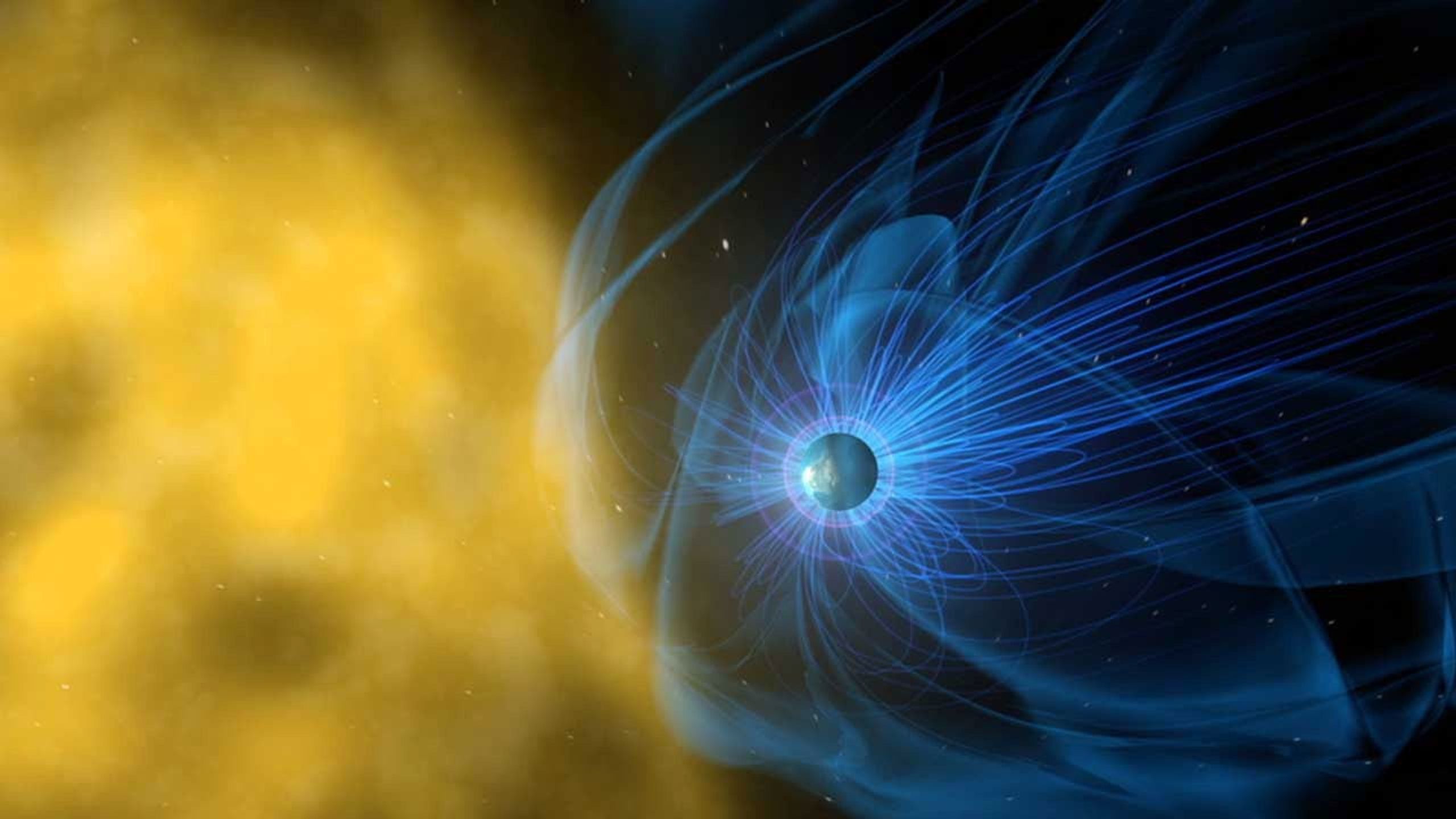 A large gust of solar wind (yellow) can compress Earth’s magnetic field (blue lines), which can affect technology on the ground.
A large gust of solar wind (yellow) can compress Earth’s magnetic field (blue lines), which can affect technology on the ground.
NASA
-
On the Moon, where there’s almost no atmosphere, the solar wind frequently reaches the surface.
When this electric breeze blasts into lunar rocks, it can break atomic bonds and create water. In 2020, NASA’s Stratospheric Observatory For Infrared Astronomy (SOFIA) mission discovered water created this way on the sunlit lunar surface. The solar wind also charges the lunar landscape with static electricity. Both of these effects lessen when the Moon tucks inside Earth’s protective magnetic environment for several days each month.
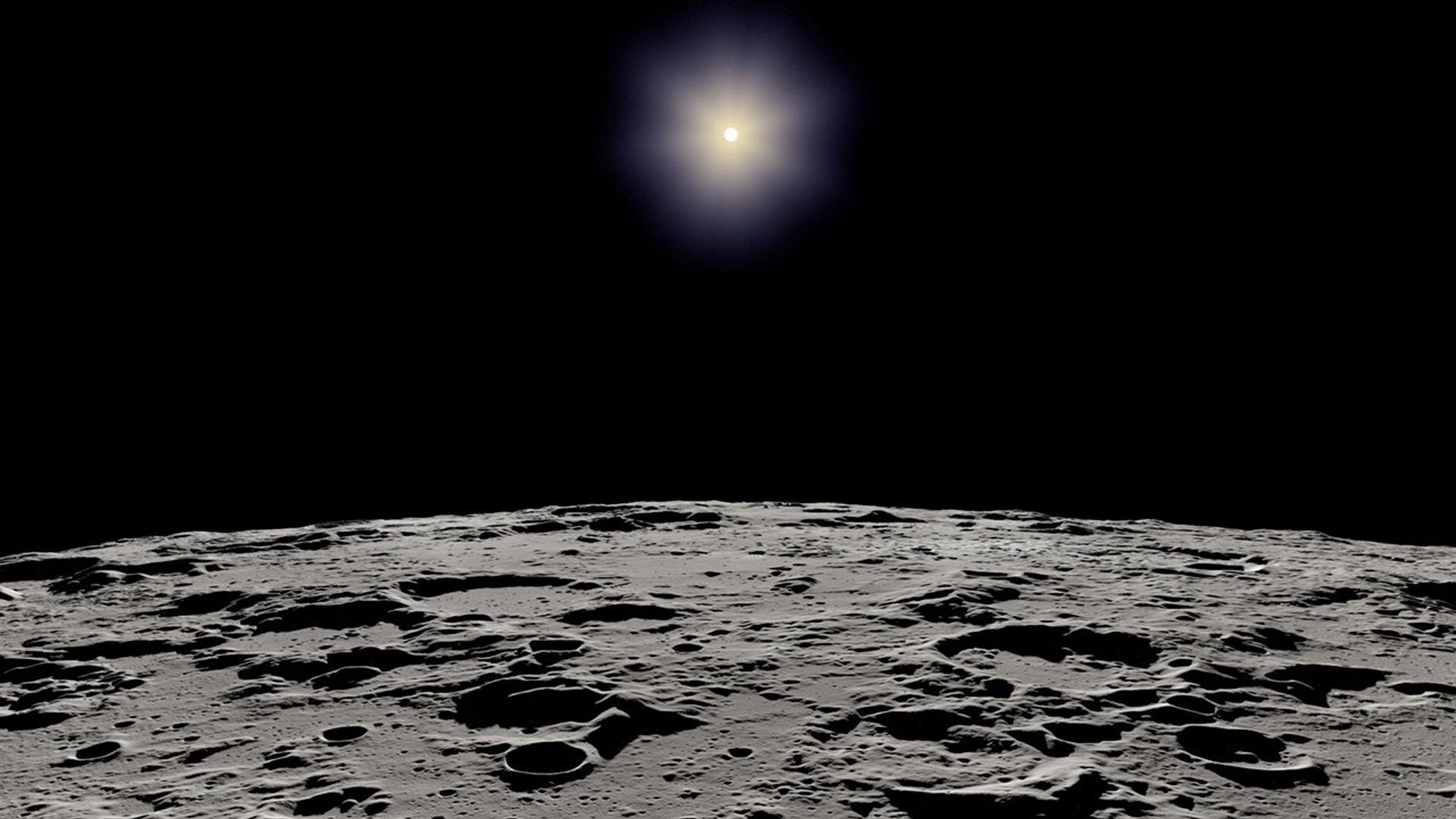 Data visualization of the Sun from the Moon as seen from Hadley Rille, the Apollo 16 landing site. The topography and shadows are scientifically accurate.NASA’s Scientific Visualization Studio/Ernie Wright
Data visualization of the Sun from the Moon as seen from Hadley Rille, the Apollo 16 landing site. The topography and shadows are scientifically accurate.NASA’s Scientific Visualization Studio/Ernie Wright -
Similarly, at Mars the solar wind is also slowly destroying and blowing away the Martian atmosphere.
In the past, the Red Planet was warm and wet. But without a strong magnetosphere to protect it, Mars’ atmosphere is constantly eroded by the solar wind’s bombardment. About a quarter of a pound of atmosphere is lost every second — and more when there’s a strong solar storm.
In this visualization, solar wind (moving from left to right) hits Mars' induced magnetic field (in blue).NASA's Scientific Visualization Studio and the MAVEN Science Team -
NASA is developing ways to protect astronauts from the solar wind as they travel from the Moon to Mars.
This includes designing radiation protection vests and helping to improve solar storm forecasting. NASA also takes measurements of the solar wind around the solar system to help better understand the risks it poses to interplanetary travelers.
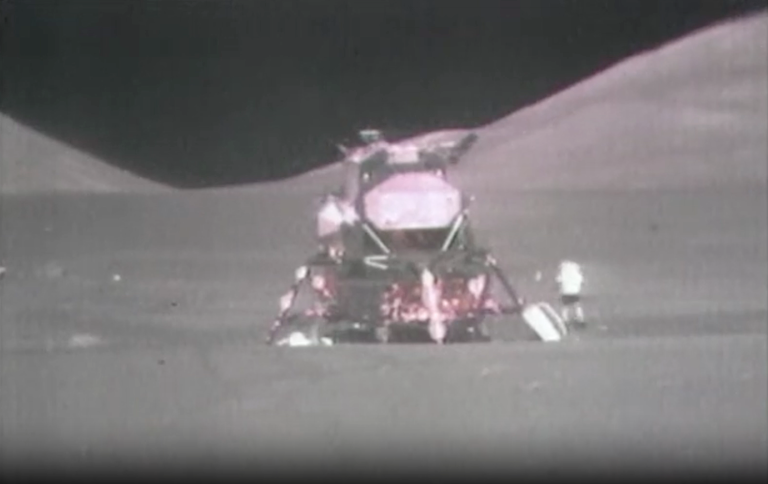 Data from NASA missions is not only helping scientists better understand scientific findings on the Moon, but also helping pave the way for the future of human exploration on the Moon with Artemis.NASA's Goddard Space Flight Center
Data from NASA missions is not only helping scientists better understand scientific findings on the Moon, but also helping pave the way for the future of human exploration on the Moon with Artemis.NASA's Goddard Space Flight Center -
Farther afield, the solar wind blows past the gas giants.
Auroras have been seen around Jupiter’s poles, caused by the same phenomenon as auroras on Earth.
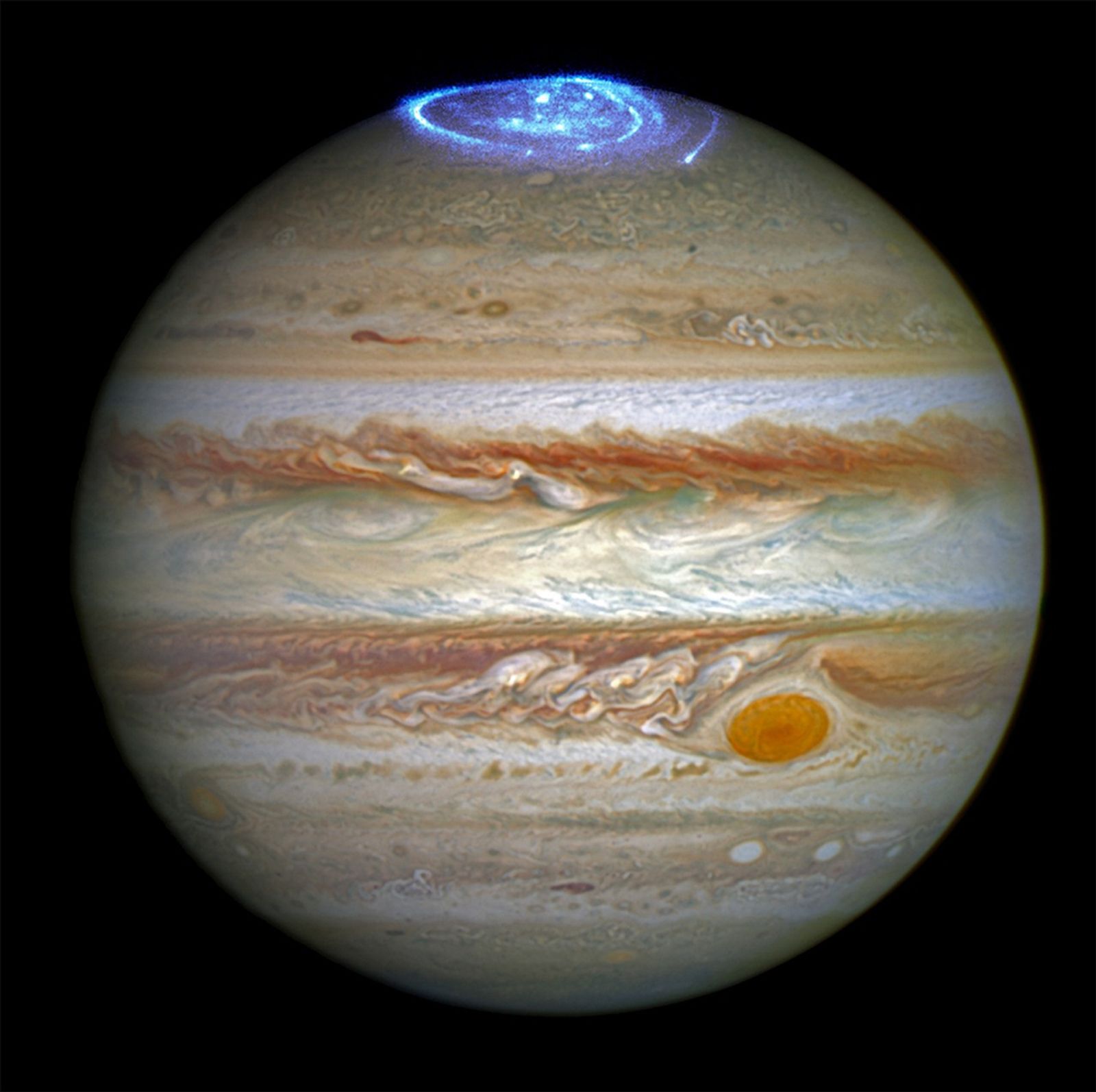 High-energy particles create stunning auroras on the poles of the largest planet in the solar system, Jupiter.NASA, ESA, and J. Nichols (University of Leicester)
High-energy particles create stunning auroras on the poles of the largest planet in the solar system, Jupiter.NASA, ESA, and J. Nichols (University of Leicester)
-
The solar wind’s journey ends at the edge of our solar system — the heliopause.The heliopause is the outer boundary of the heliosphere — the bubble of influence created by the solar wind that protects our solar system from the majority of cosmic radiation. At the heliopause, the solar wind’s pressure is matched by the winds of other stars.
The heliosphere changes size and shape as the solar wind waxes and wanes in strength. So far, only a couple spacecraft have made it beyond the heliopause. Launched in 1977, Voyager 1 and Voyager 2 took about 15 years to travel to this boundary where they collected the first direct evidence of the heliopause.
Today, scientists are still working to understand this important region. NASA’s upcoming Interstellar Mapping and Acceleration Probe (IMAP) will aid in this work by mapping the heliopause from afar. With its data, scientists hope to better understand how the solar wind interacts with interstellar space to create our protective heliosphere.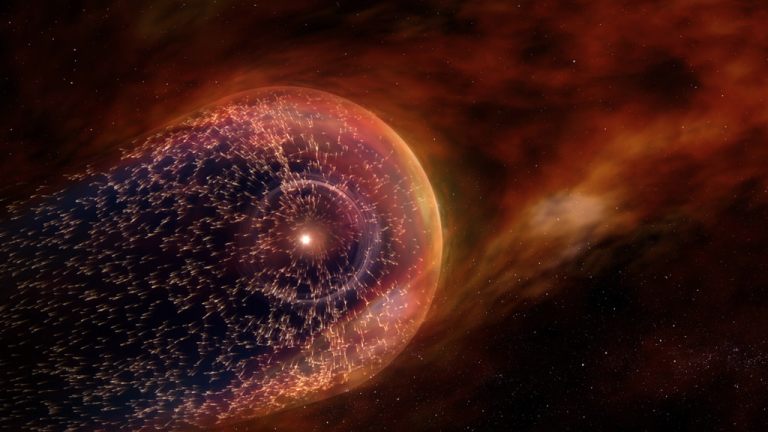 An artist's concept depicts the heliosphere.
An artist's concept depicts the heliosphere.
Credit: NASA’s Goddard Space Flight Center Conceptual Image Lab

